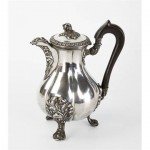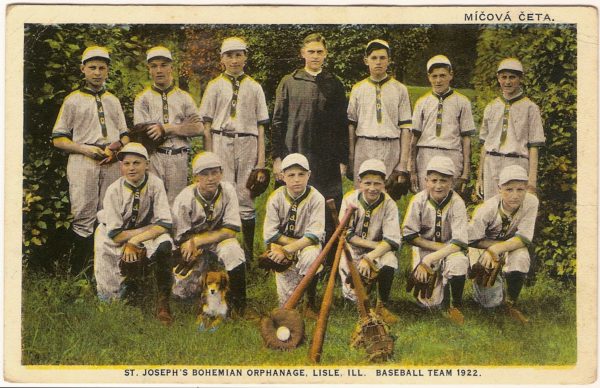We undertake house clearance in all areas of Scottish Borders Cockburnspath Coldingham Coldstream Denholm Dryburgh Duns Earlston Edrom.
A Full List Of Our Scottish Borders House Clearing Services
House clearances can be potentially stressful & troublesome if you use cowboy companies – Please look at our many House Clearance Recommendations

The distribution of the estate of the deceased
Having established probate, you can begin to distribute the estate. Before you can do this, however, it is essential that you understand exactly what the will states. The executor can be legally liable for payment if the estate is not distributed exactly in accordance with the stipulations in the will. Although this may sound like common sense, some will may be written in a particular way or jargon and you may need advice on the interpretation.
Specific legacies and bequests
Legacies are, usually, the payment of specific sums of money. Bequests usually mean gifts of goods or cash. ‘Devises’ means gifts of land or buildings. If the estate is not subject to inheritance tax and the legacies and bequests are small, then legacies can be paid without further delay and also specific items can be handed over. It is advisable to obtain a receipt from the beneficiaries when they receive the gift or legacy. One common problem that can arise is trying to trace beneficiaries. This is usually done through the local or national press if the beneficiary is not forthcoming.
Transferring property
If a beneficiary has been left a house or other property then any outstanding debts relating to the property, such as a mortgage have to be dealt with. The will usually directs the executors to pay off the mortgage. However, if the will omits this point, then it will become the responsibility of the beneficiary. It is quite usual that a property is left to another with a mortgage and equity in the property so the beneficiary can continue to pay.
It will be necessary to transfer the property into your own name by contacting the Land Registry. If the property is already registered, as is most property, the process will be straightforward. However, if it is unregistered then you will need to obtain a first registration. You would probably need to instruct a solicitor to do this. At the same time, obtain advice about settling the mortgage.
Preparation of final accounts
Having gathered the assets and obtained a good idea of the value you can now begin to prepare final accounts. There is no set form for the final accounts but assets and liabilities must be included, receipts and payments made during the administration and distribution account of payments made during the administration and a distribution account of payments to beneficiaries.
It is helpful to include a covering sheet to the accounts, a form of memo which will cover the following areas:
Details of the deceased and the date of death, date of probate and names of executors
A summary of bequests made in the will
Particulars of property transfers
Reference to any valuations included with the accounts
In estate where inheritance tax has been paid, you should prepare one part of the capital account based on the value of the assets at the time of death.
The second part of the account should demonstrate the value of those assets and liabilities at the date they are realised or paid. If the net effect is to reduce the value of the estate, you may be able to claim certain refunds or tax exemptions through the HMRC.
The capital account should show the value of the assets when they are cashed or realised and the debts are the sums actually paid. The income account should show the income received during the administration, less associated expenses. It is advised to run this account from the date of death to the end of the following tax year (i.e. 5th of April).
The distribution account should show the capital and income transferred from the respective accounts and how the residue of the estate has been divided. If there is only one beneficiary you should show the final figure. If any items have been taken in kind – such as a car or a piece of furniture – its value is included in the distribution account as both an asset and payment. If you are claiming executor’s expenses itemise them and include them in the distribution account.






